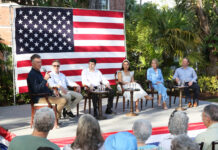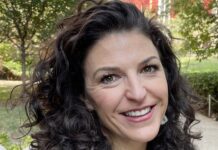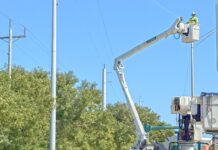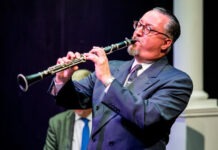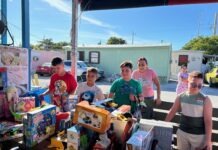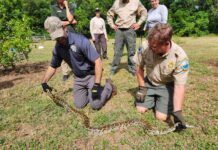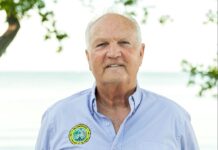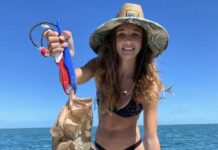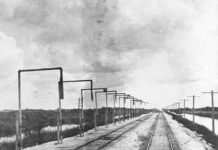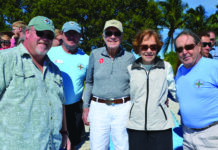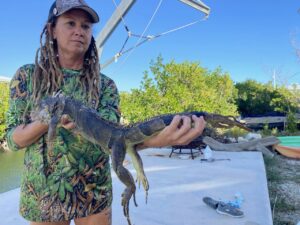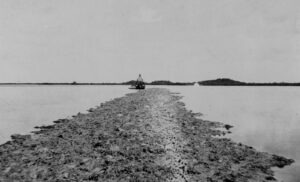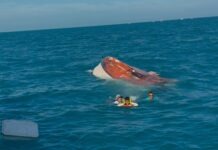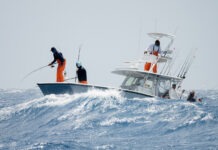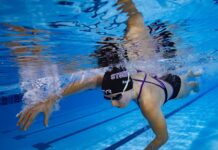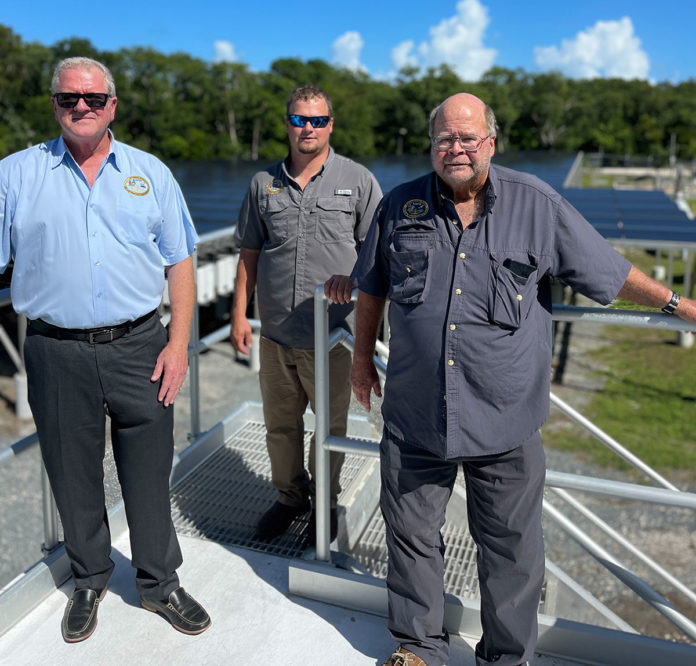
The largest producer of solar energy in Monroe County isn’t the Florida Keys Electric Cooperative or Keys Energy Services; it’s the Key Largo Wastewater Treatment District, according to its general manager, Peter Rosasco.
“It’s absolutely a no-brainer,” said Rosasco of the decision to install 1,985 solar panels at eight KLWTD locations, including the wastewater treatment plant in Key Largo at MM 100.
“It offsets our electric usage,” said plant manager Ryan Dempsey. “All of our inverters are currently online and producing electricity,” he added.
The solar energy venture began in 2019 with a successful demonstration project at the wastewater treatment plant that involved 334 solar panels. The decision was then made to move on to phase two, which included installing solar panels at the district’s six vacuum stations, the administration building, and additional areas at the 12-acre wastewater treatment facility in Key Largo.
The project was completed in September 2022. The total price tag, roughly $2.5 million, was all paid for by grants from the Florida Department of Environmental Protection.

“It’s great, clean energy,” said plant lead operator Jerry Baker. “There’s really no downside that I can see.”
Rosasco said the goal was to reduce KLWTD’s electricity cost by 20 percent to 25 percent.
Weiler Engineering oversaw the project. Engineer Steve Suggs explained via email the total output from the solar panels is 675.22 kWp (kilowatt ‘peak’ power output), which is equivalent to roughly 15% of KLWTD’s electrical demand.
The electricity cost savings over the estimated 30-year life of the solar project is significant.
“To put that into perspective, over the life of this project our savings are expected to be in the neighborhood of $5 million and the project was fully funded by grant money,” said Rosasco. Rosasco estimates the annual electricity cost savings will be between $150,000 and $175,000.
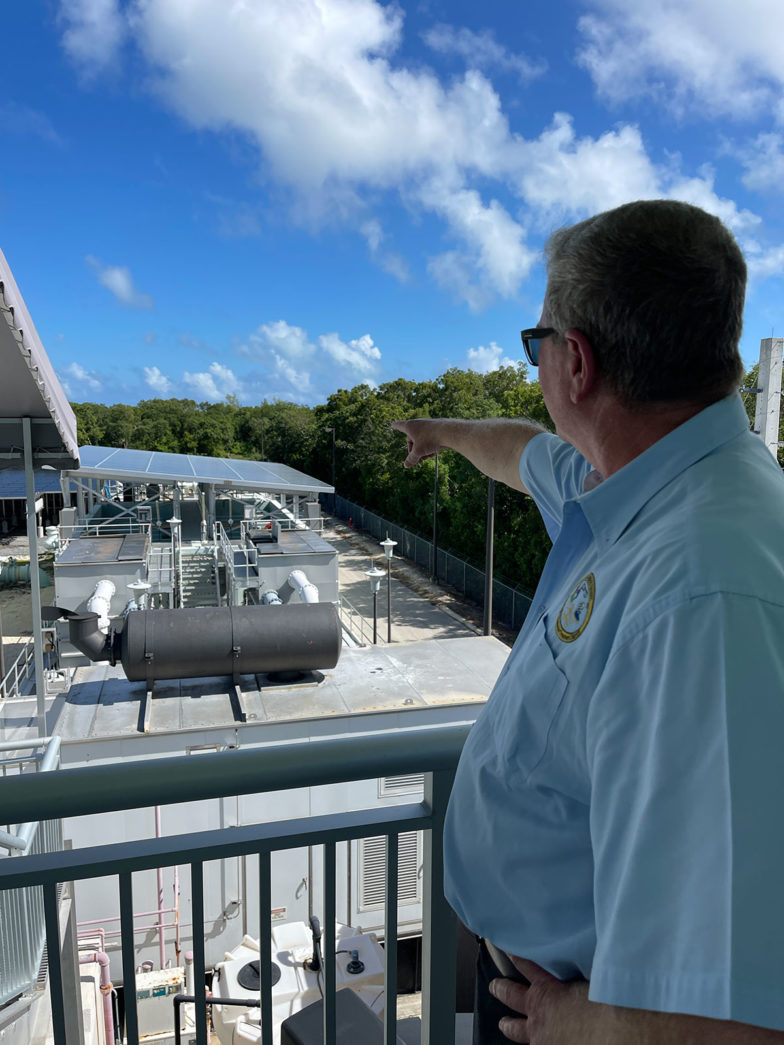
Rosasco, Dempsey and Baker provided Keys Weekly with an in-depth tour of the wastewater treatment facility. This is where raw sewage is filtered and chlorinated before being pumped some 3,500 feet underground.
“One of our largest expenses is electricity,” said Rosasco. “We have huge motors and pumps that are required to move all of this material eventually down into that deep well below the boulder zone,” he explained.
The solar footprint here is impressive, to say the least. The tops of all buildings are lined with rows of solar panels. Hundreds of panels cover the plant’s retention pond. There is also a solar panel structure over the chlorine contact chamber which provides an added benefit: the shade reduces the amount of chlorine needed and that translates into more savings.

From his office, Dempsey shows us the software program that details exactly how much solar energy is being produced at all eight locations. Should production stop at any location, Dempsey is notified immediately.
“This software will also send out alarms, emails, text messages, depending on severity, to us to notify us if we’re not producing for whatever reason,” said Dempsey.
Rosasco believes KLWTD is leading the charge when it comes to efficiently and effectively harnessing energy from the sun. He says the Florida Department of Environmental Protection is using this Keys-based program as a role model.
“They’re now taking what we’ve done here and encouraging other utilities around the entire state of Florida to do exactly what we’ve done here, because it just makes sense,” said Rosasco.


